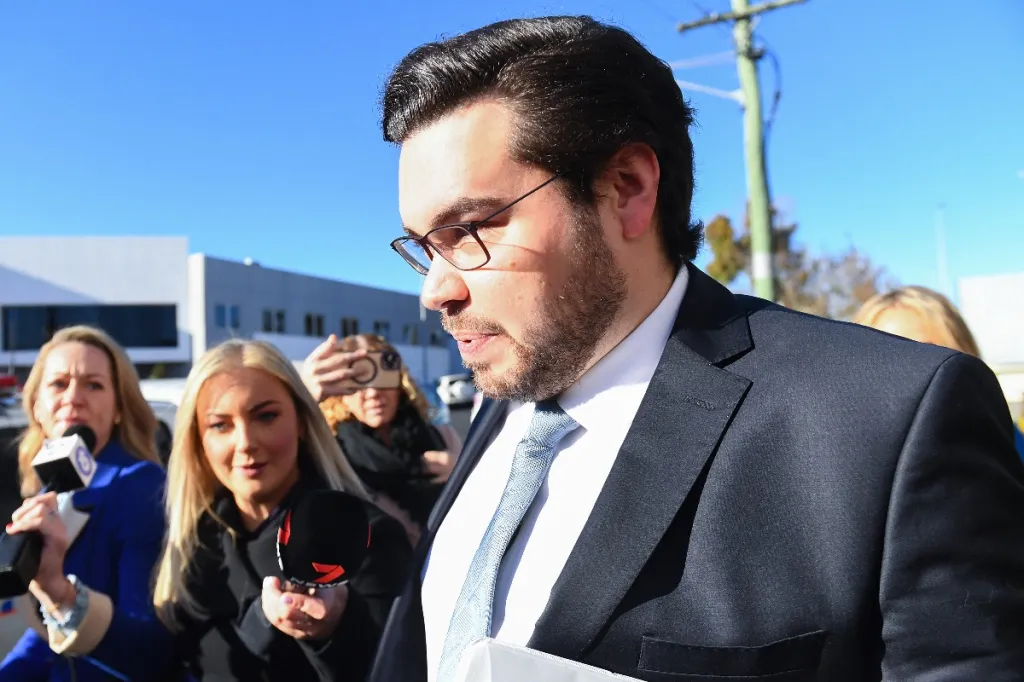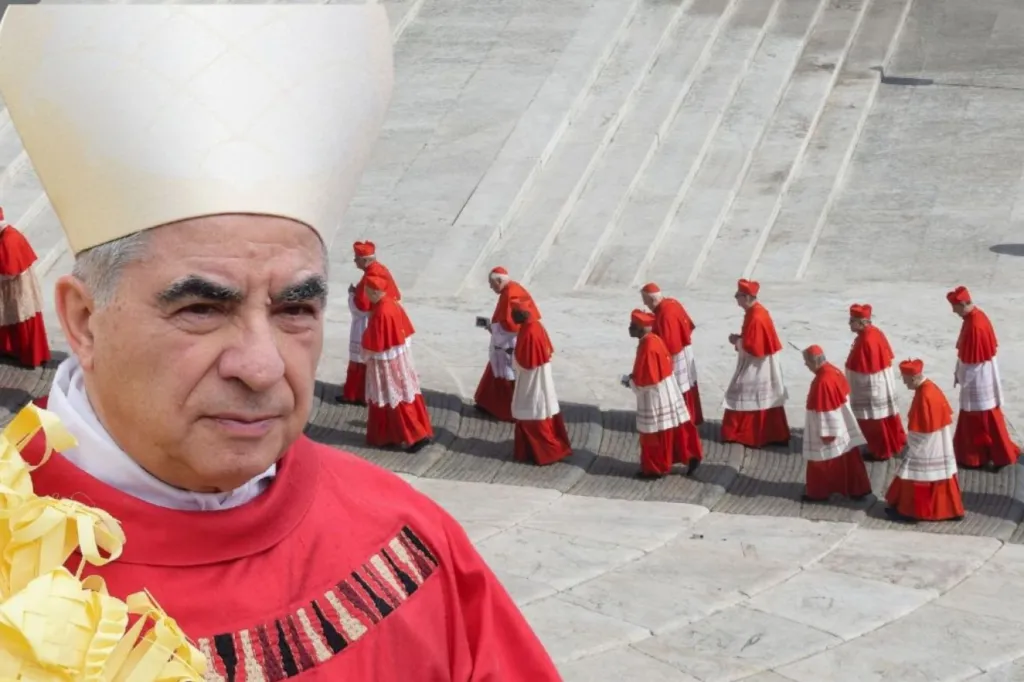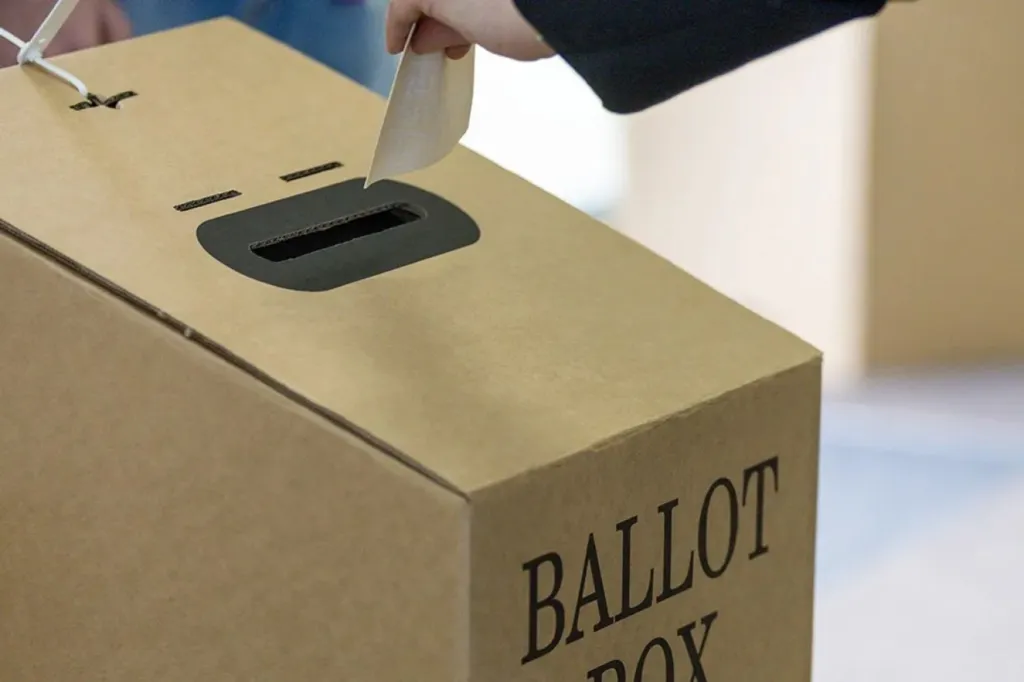Records tumble as heat soars into mid-40s
Temperatures have soared well into the 40s across much of south-eastern Australia as towns and cities sweat through record temperatures.
Much of South Australia topped the mark before 10am on Monday, after enduring a hot night.
The minimum temperature in Adelaide stayed at 29.6 degrees on Sunday, and rose again quickly in the morning, hitting 36 degrees by 9am.
In Victoria’s north-west, Walpeup reached 47.1 degrees on Monday – the first time the state has topped 47 degrees since the deadly Black Summer of 2019-2020.
Elsewhere, Birdsville in Queensland got to 45.3 degrees, while Smithville, in NSW near the border with South Australia, reached 45.1 degrees about 1pm, while Renmark, 250 kilometres north-east of Adelaide was at 46.1.
It followed warnings from the weather bureau that records could tumble.
“Some locations in western NSW could approach December records, with temperatures of 46 or 47 degrees,” Bureau of Meteorology’s Dean Narramore said on Monday.
You might like
Alice Springs in the Northern Territory was expected to reach up to 43 degrees on Monday.
The weather also brought elevated fire danger across Australia’s south-east.
The Mount Lofty Ranges and most of western and central Victoria, including Melbourne, were under extreme fire danger warnings.
“These hot, dry, windy conditions are likely to lead to extreme fire dangers,” Narramore said.
“That means that if fires do get going in this weather, they’re likely to be uncontrollable and uncontainable.”
Melbourne, with an expected 41 degrees, faced its hottest day since January 2023 and its hottest December day since 2019.
The mercury rose into the mid-40s in Mildura in the state’s north-west, 45 in Swan Hill and 44 in Horsham.
Total fire bans have been declared across most of Victoria with incident management teams and firefighting aircraft on standby in critical regional areas. For the Wimmera and Mallee, the warnings will extend into Tuesday.
Stay informed, daily
“It will be a nasty day, we need to make sure we are ready,” Country Fire Authority chief executive Jason Heffernan said.
“The fuel’s been baked, it is dry, [Monday]’s heat and wind mean fuel is even drier.”
Sydney had a mild start to the week with a 28-degree maximum forecast for Monday, but parts of inland NSW could face even more extreme heat than Victoria.
“The heatwave will continue into Tuesday in eastern NSW, with temps reaching as high as 41 degrees or 42 degrees in the outer western suburbs of Sydney and in the towns of the lower Hunter Valley, just west of Newcastle,” Weatherzone said.
A maximum temperature of 47 degrees was expected in Wilcannia, in central north-western NSW on Monday, and 46.5 degrees in Ivanhoe, about 180 kilometres further south.
There is a high fire danger warning for much of western NSW on Tuesday.
Queensland, meanwhile, faces the risk of flash flooding in the south east on Monday, with wet weather forecast to hit from Yeppoon on the central coast to Brisbane.
The bureau warned south-east residents to prepare for flash flooding over the coming days.
Brisbane was also battered by rain on Saturday, with a downpour triggering flash flooding throughout the city.
The extreme temperatures will be short-lived for Victoria, with heatwave conditions forecast to ease on Monday night.
A cold front is already moving across South Australia. It was expected to reach western Victoria on Monday afternoon, and bring relief to Melbourne and central parts of Victoria at night, Narramore said.
But the heat will remain for the rest of the week in Queensland and the Northern Territory.




